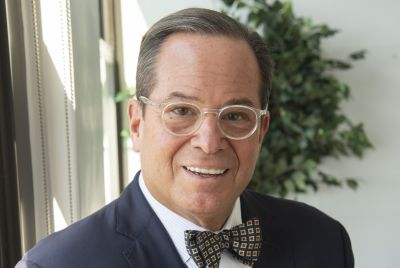Marijuana Legalization Minnesota 2015: 5 Things To Know About Opening Of State’s First Medical Pot Dispensary

The first state-sanctioned pot shop is expected to open in Minneapolis this week to sell marijuana-infused products to patients with certain ailments, one year after Minnesota lawmakers passed a bill legalizing medical cannabis. While the turning point marked a victory for advocates of marijuana legalization, the program’s rollout has been met with a mix of celebration and frustration.
Minnesota’s medical marijuana program will be among the strictest in the country. Twenty-three states allow medical marijuana, but few have such tough rules regarding the types of products that can be used and where they can be purchased as Minnesota. Only two companies have been licensed to grow cannabis, and there will only be eight locations throughout the state where patients can purchase the drug. Patients wanting to take part in the program will have to find doctors willing to prescribe marijuana, as many physicians have indicated they won’t participate, according to the Star Tribune.
Despite such obstacles, backers of the new law have said it’ll provide relief for many patients, including children suffering from debilitating seizures. “The door is opening,” Bob Cappechi of the Marijuana Policy Project told the Guardian. “This will start helping people out. That’s really what this is all about.”
Minnesota’s marijuana law passed the state Legislature in May 2014 and was signed by Democratic Gov. Mark Dayton the following month, in June. It establishes a system in which two marijuana manufactures will grow, cultivate and sell the product, and for eight dispensaries to operate in the state. Growers harvested their first crops in March.
Here are five things to know about Minnesota’s nascent medical marijuana market.
1. Smoking the plant is still illegal. The law allows only pills, oils and vapors -- similar to how an e-cigarette works – to be offered to patients. Most medical marijuana states allow patients to smoke the plant.
2. The law covers a specific, limited set of medical conditions. Just nine conditions are covered by the program. They include some cancers, HIV/AIDS, certain terminal illnesses, seizure disorders, severe muscle spasms, glaucoma, Crohn’s disease, Tourette syndrome and Amyotrophic Lateral Sclerosis.
3. The first dispensary is expected to open Wednesday. The dispensary is located in the renovated League of Catholic Women building on S. 9th Street. It is owned and operated by Minnesota Medical Solutions, one of the two companies licensed by the state to grow and sell cannabis products. The dispensary has 15 appointments on July 1, according to the Star Tribune.
4. Health care providers have begun registering with the state to start certifying patients. About 203 physicians had signed up for the program as of Friday, the Star Tribune reported.
5. The cost of treatment will range from $300 to $600 for a one-month supply. The price depends on the patient’s condition and dosage.
© Copyright IBTimes 2024. All rights reserved.






















